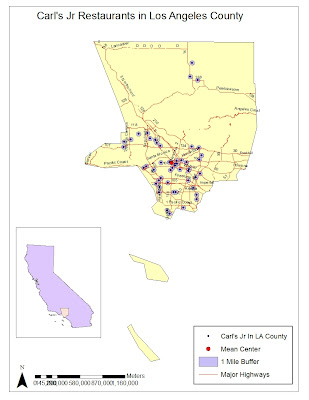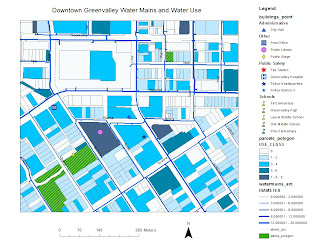One of the towns I used to live in is apparently raising two million dollars for renovations to its library. I told my mother (an active supporter and board member of her public library) that I thought this was a waste of money as the role that libraries play in society today has been/will be diminished. I suggested the town is better served spending its money on a public space like a park or garden. Or maybe put it back into the educational system. My mother was disgusted.
She informed me that public libraries are being used as much, or more than ever before. She said that while people don’t check books out as often, instead poorer families still rely on the library as their primary information source: internet access, consumer reports, magazine and even travel guides are hugely popular. The library also is increasingly community oriented offering meeting spaces and discussion groups.
I was pretty surprised to hear all this because I assumed that libraries were a dying breed as people increasingly access information online from home, or opt to sit and read at a Barnes & Noble instead. Now, with the release of the iPad and all of the other variations has allowed individuals to download/purchase books via tablet. The Amazon Kindle allows students to even purchase their textbooks; saving students the trouble of carrying around a 30 pound textbook. While the creation of such technology and made it much more convenient for individuals to access information, the essence of the book is slowly diminishing.
For my project I wanted to target all Los Angeles Senior Private high schools and where they are located relative to public libraries. I chose private high schools because these children tend to come from economically stable families who have more accessibility to information. Children in high school are at the age where technology has become a large part of their lives, socially, academically, and recreationally. According to http://www.thenewbusinessblog.com the average American high school student spends 8 hours a day on the internet. Students use the internet for research projects, reading online articles, and recreationally. Today, with the Green Revolution in place, teachers and professors are going paper-less in the classroom. This has required all students to acquire internet access in order to view the class information, assignments, and homework.
In preparation for my project, I acquired the addresses of all of the private high schools in Los Angeles County. Then, I acquired all of the addresses of the Los Angeles County public libraries. The results were astounding. The results convey that 85% of the private schools in Los Angeles County are north of Downtown Los Angeles. As you move west from downtown, the property value of homes and yearly income of individuals goes up. It is no lie that east Los Angeles demographically is comprised of low income Hispanic families. But why the discrimination? I asked myself, “where would they put a public library in Beverly Hills?” I was thinking about this question for hours. After analyzing the map, I concluded that as a result of having a higher income, the availability of internet and information is more accessible. When you look at the map, you notice that there are approximately four private high schools in downtown or just south of it.
Most private schools are located in areas with higher income. Private high schools also provide students with many benefits that you will not find in the public school system. At my public high school, we did not have a computer lab because our school could not afford it. But I guarantee the private school down the street had the proper resources to acquire a computer lab. This exposes students to the values of the world wide web and all of the conveniences that surround it.
In addition to layering this information, I created a one mile buffer around each library in order to see whether any private schools intersected with public libraries. The map illustrates that 9 private high schools are within the one mile buffer of public libraries. However, is it safe to assume that these private school children use the public library? No. The map is very segregated and portrays that society lacks an equal opportunity to education and resources. It is clear that a child enrolled in public school must go out of his/her way to acquire information. Whereas a private school student just needs to walk down the hall to find answers.
This problem with society is something that will eventually change over time. I believe that the demand for information and technology is increasing that the library, magazine, and newspaper will eventually die off. This project brought to light the inequalities of education and how they are demographically and economically oriented. Hopefully, communities with lower economic status will have the means in the future to obtain such resources.









